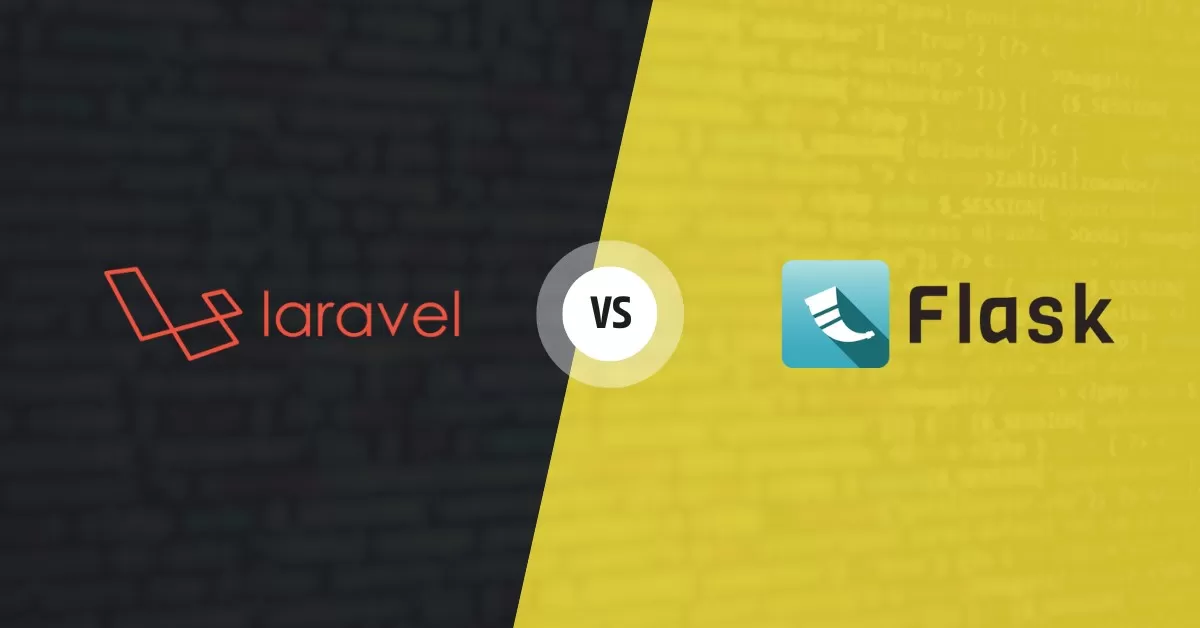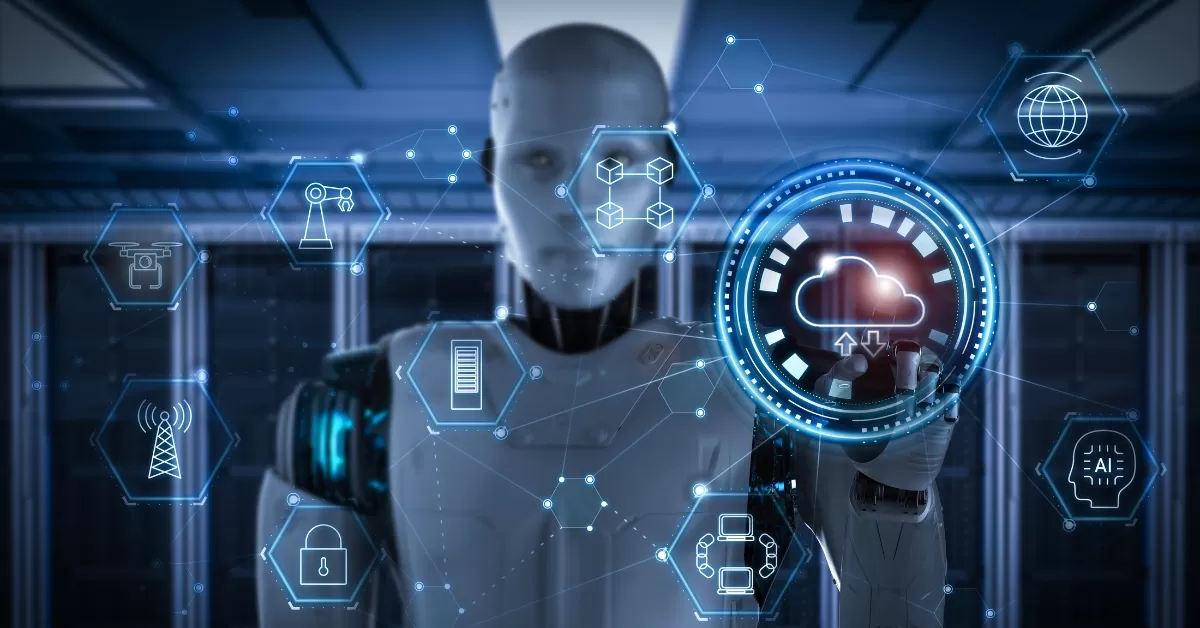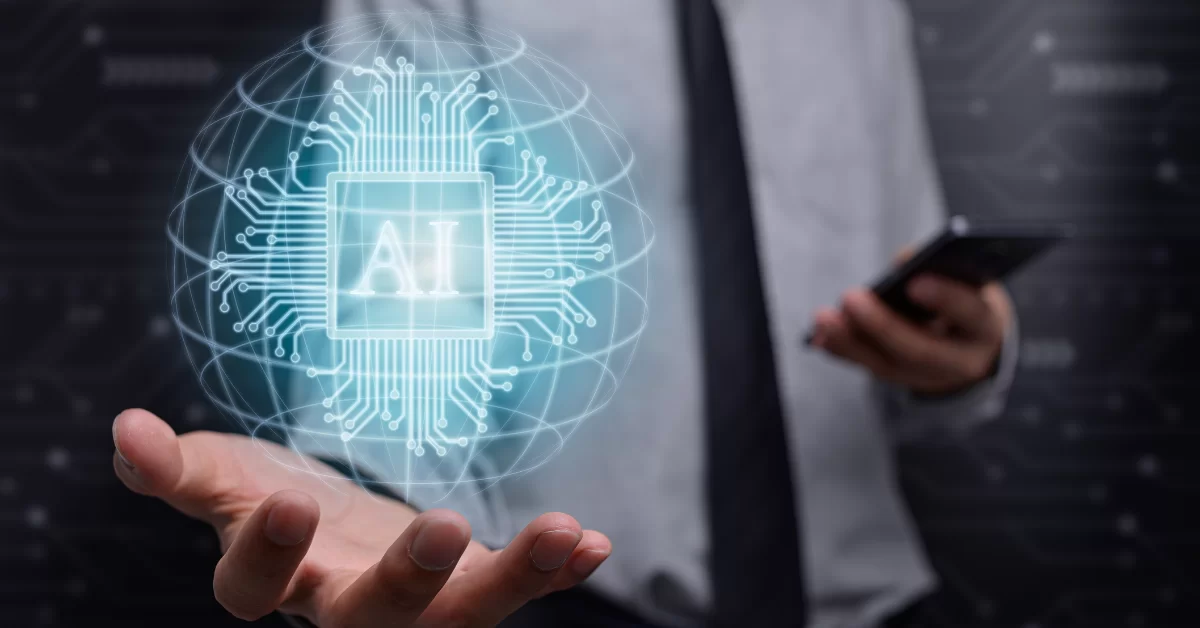How the Future of Virtual Reality in Education Benefits Students & Teachers?

4 min read | By Postpublisher P | 29 September 2023 | Technology
Virtual reality in education is the new innovation that can transcend the creative & physical limitations. Learning outcomes can be doubled, and teachers can offer students fresh perspectives. Society can expect a new set of minds that don’t by-heart the lessons to pass the exams but speak from their own experiences. This blog is a glimpse of what the future will hold by adopting VR technology in classrooms.
Immersive Learning Experience with VR
Immersive learning is an educational experience where the students are fully engaged in a virtual environment that simulates the real world. Here are a few examples:
Virtual Field Trips:
Imagine taking students on a field trip to visit the Egyptian pyramids or taking them to space or to explore the depths of the sea. How does it feel to a child having access to such a learning environment? They can go to places that, in reality, would never be possible.
Medical Simulations:
Medical students can practice surgical procedures, diagnose illnesses, and interact with virtual patients using VR technology. The learning curve is so much better compared to the present-day scenarios, isn’t it?
Language Learning:
The most effective way to learn a new language is to stay in a place where no one can speak your native language. In virtual reality, you can create that space in the comfort of your home. Travel through virtual cities and speak to people using the local language you are trying to learn.
Historical Reenactments:
What might it have been like to walk with the Neanderthal man or to be in the presence of dinosaurs? Step into historical periods like the Stone Age, Agricultural Revolution, and Declaration of Independence to get a deeper understanding of history with tech.
Science Experiments:
Students can conduct experiments in virtual laboratories. It is much safer to explore chemical reactions, physics phenomena, or biological processes in a controlled environment stimulated by VR.
Connect Beyond Borders:
The possibility of connecting students from around the world is now much higher. It’s more than a video conference. You will be living in a different country and going to school with students in another country. This can foster cultural exchange, global understanding, and having friends throughout the world.
These are only a few examples of the ability of VR in education. As technology emerges, almost every academic discipline is about to change for the better.

VR & AI Powered Personalized Learning
Every student is unique, and they have different learning abilities. We all know that, and yet our education system has common learning and grading procedures. Here, the individual needs are not met, and many students can’t perform at their best. This is bound to change when VR is equipped with AI. How?
Learning Style Recognition:
This technology keeps track of the students within the virtual environment. All the minute details, like their gaze, hand movements, and navigational choices could be understood by these systems to identify a pattern. This pattern is used by machine learning algorithms to recognize the learning style that’s unique to the students.
Content Customization:
Once the learning style is recognized, these systems will match the content to the student’s needs. For example, if a student is a visual learner, then the student will receive more 3D visualizations. Auditory learners will receive more narrated explanations, like listening to a podcast. They could also receive hands-on, interactive activities as per their requirements.
Adaptive Difficulty Levels:
Just because a few students have copied what the teacher wrote on the board, the teacher assumes that everybody is done and rubs off the board. Not anymore. VR continuously monitors a student’s performance, adapts the difficulty level accordingly, and offers additional guidance.
Real-Time Feedback and Assistance:
Students need not wait to know if they are right or wrong. They need not assume what went wrong or hope that’s right. Now, they can get real-time feedback backed by data. The mistakes are not ridiculed but considered as a part of the learning process—to guide them to the right solutions, thereby enhancing self-learning.
Inclusive Education:
This technology is a game-changer for students with physical and mental disabilities. It can create an adaptive learning environment that can be accessible for the students and overcome the present challenges. For example, sign language interpreters for people with speaking & hearing disabilities.
Teacher Training & Education in Virtual Reality
Virtual reality helps teachers as much as it helps students. A teacher who is open to adopting technology in their classrooms and who is curious to learn about it will create ripples of change for advanced learning.
Classroom Management Simulations:
Just like students, teachers will also have virtual simulations of the classroom. They can adapt themselves to the classroom scenarios and practice management techniques. Teachers can interact with students of all types – obedient to challenging, fast learner to late bloomers. Such experiences can help them to get better at their career.
Teaching Strategy Workshops:
Using VR, teachers can host virtual workshops and try innovative learning methods. They can get real-time feedback on the effectiveness of their teaching. Collaborating and learning from other teachers on a global level is possible by effectively using it.
Inclusive Education Training:
Teachers can practice accommodating and training students with diverse learning needs by interacting with virtual students who have various disabilities or special educational requirements.
Remote Coaching:
Without physically visiting classrooms, the visiting teachers/professors/mentors can now use the virtual classrooms to join their classes and interact with their students as if they are living inside the class. This will give flexibility to the staff and students.
The Future is Virtually Bright
As VR hardware will become more accessible (and affordable), it will make motivate schools and educational institutions to adopt VR technology for learning purposes. When such technologies are available for every student and teacher, they will be able to access the benefits we have discussed and push the boundaries of present challenges.
With virtual reality in education, we can have an advanced world with great inventions and innovations that overcome present-day challenges and have a future that we can’t imagine today.
The latest from our editors
Join over 150,000+ subscribers who get our best digital insights, strategies and tips delivered straight to their inbox.


